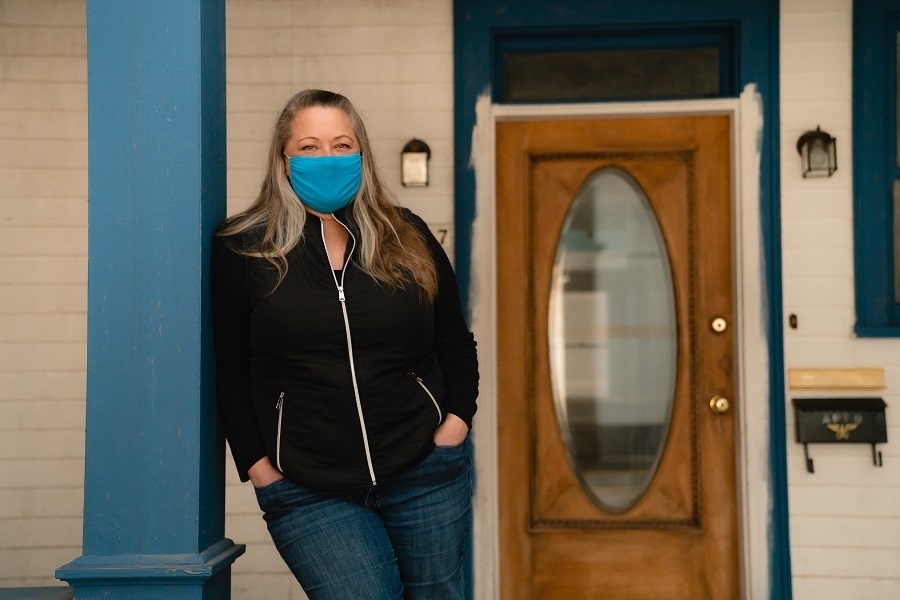After shutting down briefly at the onset of COVID-19, Oregon’s film sector has become an economic lifeline.
Susan Myers worked as an emergency room nurse until the stress of the job became too much. Before the pandemic she worked as an in-home care provider until a chance meeting with television producer David Allen Cress presented an opportunity. She became a COVID-19 compliance officer, ensuring pandemic safety practices on film sets.
“The film industry has been essential during this time because it has helped us learn the safest way possible to do things.” says Myers. “I wish that production people were in charge of getting kids back to school right now.”
At the start of the pandemic, film production shut down nationwide. No scripted series were produced, and commercials had to adjust shooting procedures to accommodate pandemic conditions. But at the same time, demand for streaming television shows increased dramatically.
RELATED STORY: Coronavirus: A New Era For Film
According to entertainment market research firm The Hub, 28% of consumers have purchased at least one streaming service account since February last year.
While streaming video content has risen about 10% in the U.S., another factor driving growth is the increasing prevalence of streaming services overseas, according to Grand View Research.
The trend has encouraged studios to get back to shooting as quickly as possible. This has meant working with labor unions to create new guidelines. These include having on-site health care professionals test workers and enforce safety protocols.

Adiy Bryant and Luka Jones pose on the set of Shrill. Photo: Allyson Riggs ©2020 Warner Bros. Entertainment Inc.
“First and foremost, large studios and streaming services have lots of money to spend, and people are steaming a lot of shows” says Tim Williams, executive director of Oregon Governor’s Office of Film & Television. “The third and fourth quarter for the film industry in 2020 actually came up higher than in 2019.”
In partnership with Travel Portland, Oregon Film attracted Top Chef, a cooking contest reality show on Bravo, to film its 18th season in Portland. The show was shot in Malin, near Klamath Falls, and other rural locations in the state. Spending by the production crew on hotel rooms alone was between $30,000 and $40,000.
“We’ve become a lifeline during the pandemic,” says David Allen Cress, producer of Portlandia, Shrill, and now Chad on TBS. “We use the services that were hardest hit by the pandemic – restaurants, hotels, airports and rental cars. We also create family-wage jobs with good benefits. Shooting this year was a little less joyful because of all the PPE and safety measures, but you get to think to yourself ‘what I’m doing is good for the state.’”
Production studios developed an app to test people for COVID-19. Workers are tested every day and separated into pods to ensure containment.
“In some ways, we were value added to the state,” says Cress. “We caught some people who tested positive but who didn’t exhibit any symptoms.”
Studios have started to pay employees infected with COVID-19 to stay at home in quarantine.
“The old ethos was you came to work no matter what. We wanted to ensure the incentive was right for people to stay home,” Cress adds.
The pandemic also led to the development of virtual location scouting, meaning filmmakers view a location remotely before deciding where to shoot. It also allows filmmakers to consider more options than before.
The pandemic has increased film production cost. Between testing and hiring additional crew, costs have increased between 15% and 20%, according to Williams.
While larger studios have been able to cope with increased expenses, Williams expressed concern that home-grown, small and midsize filmmakers have not. He advocates for increasing tax subsidies for filmmakers that shoot in Oregon.
“We have a unique opportunity here. If we lift the film industry now, it has the potential to bring other industries up along with it.”
To subscribe to Oregon Business, click here.






